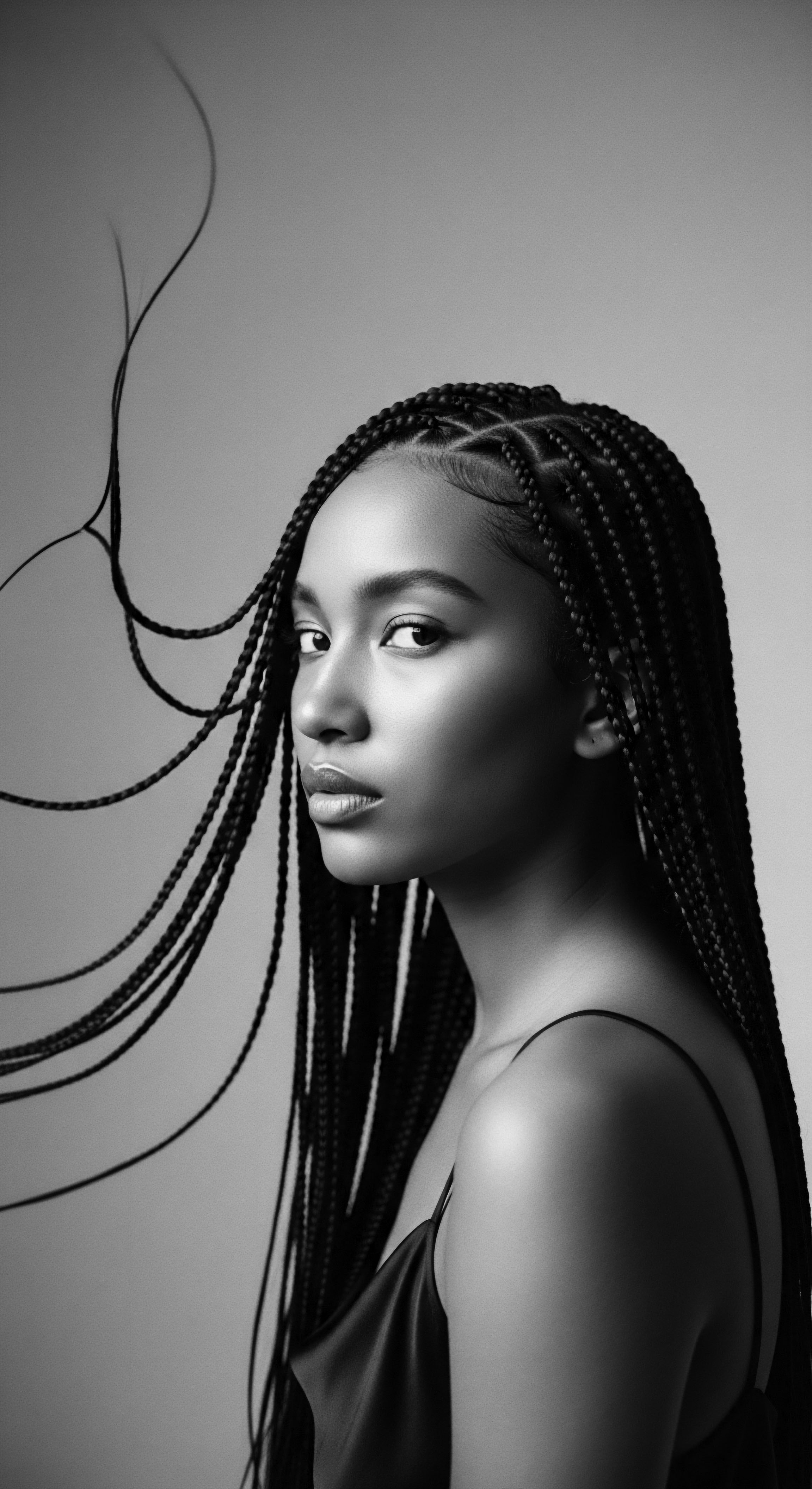
Roots
Consider, for a moment, the quiet hours of night, when the world stills and we find repose. For generations, the way we rest has shaped us, body and spirit. For those with textured hair, particularly within Black and mixed-race communities, the surface upon which we lay our heads has long held a story, a silent conversation between fiber and strand.
This conversation stretches back through time, echoing ancestral wisdom that understood intuitively what science now confirms ❉ the sleep surface plays a fundamental role in the vitality and very being of textured hair. This understanding is not merely a modern convenience; it is a thread woven into the enduring heritage of hair care, a practice passed down through whispers and rituals, ensuring the preservation of a crowning glory that has often served as a marker of identity and resilience.
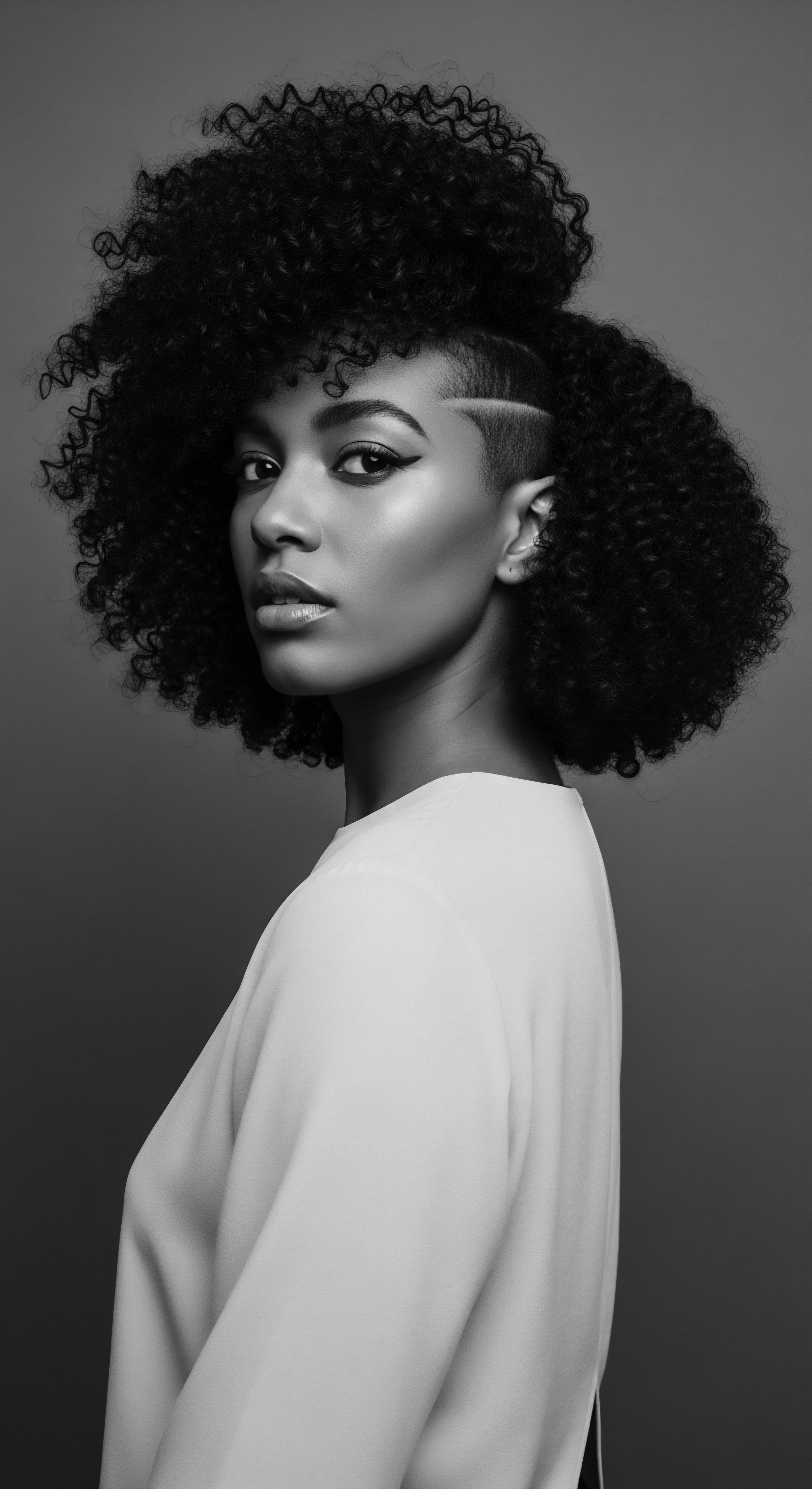
Hair Anatomy and Ancestral Wisdom
Textured hair, with its unique helical configuration and often flattened elliptical cross-section, possesses distinct structural characteristics. Unlike straighter hair forms, the intricate curls, coils, and kinks of textured hair mean that the cuticle layers, which serve as the hair’s protective outer sheath, tend to be more raised. This natural elevation creates a greater surface area for interaction with external elements. The journey of natural oils, sebum, from the scalp along the length of these winding strands also presents a challenge.
It does not easily travel down tightly coiled fibers, contributing to a predisposition for dryness and brittleness. This anatomical reality means that textured hair requires specific care to maintain its moisture and structural integrity. Ancestral knowledge, long before microscopes revealed cuticle layers, grasped these inherent needs, guiding practices that sought to protect hair from environmental stressors and prevent moisture loss.
Our ancestors understood the vulnerability of their hair without needing to see the individual cells. They observed, they felt, they devised. Their methods, often seen in the use of natural emollients and protective stylings, intuitively combated the very issues modern science now attributes to cuticle damage and moisture evaporation.
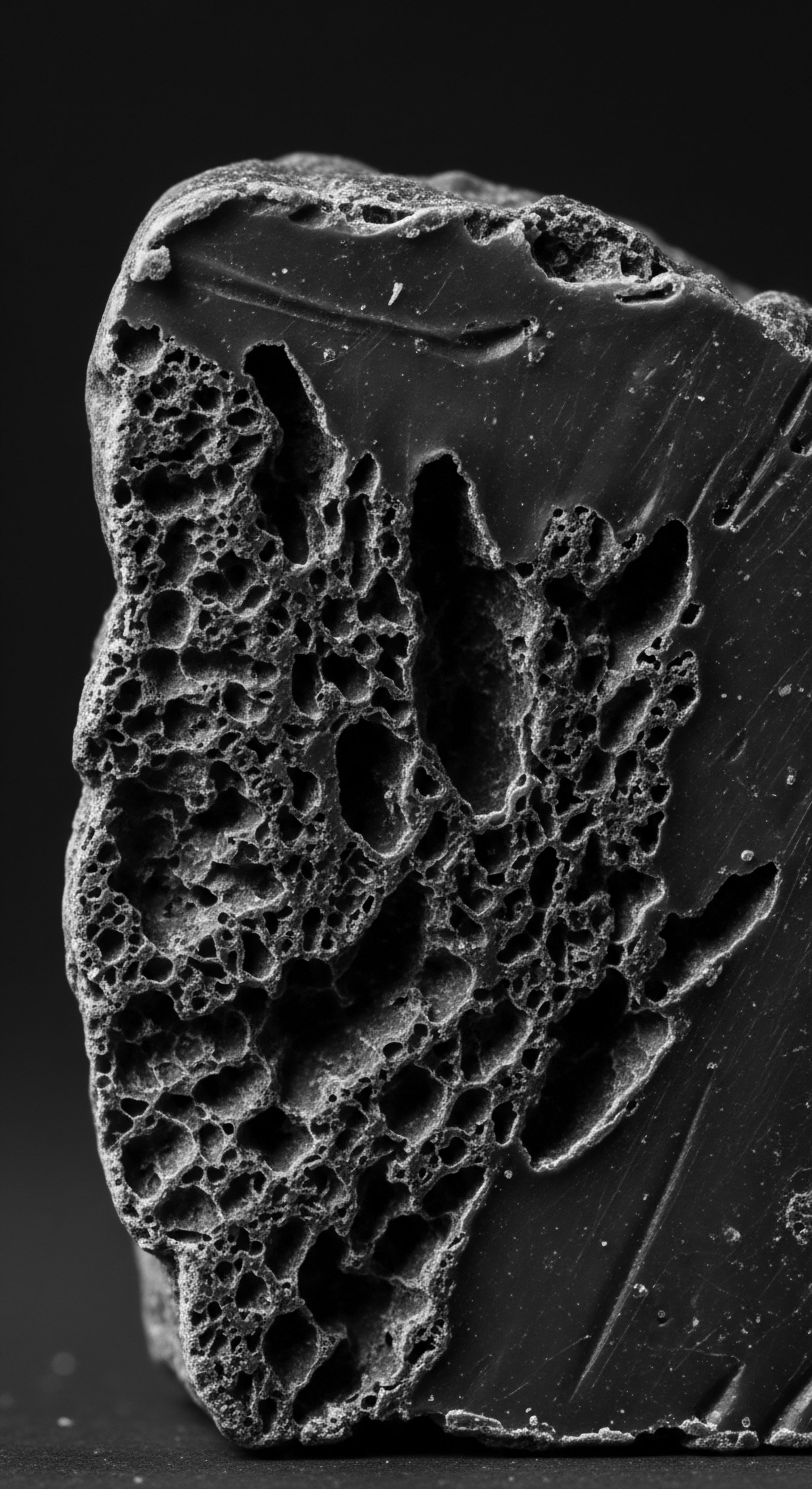
Historical Classifications and Hair’s Being
The way hair has been classified, even scientifically, has sometimes carried historical biases. Yet, beneath these categorizations lies the living hair, responding to its environment. How, then, does the very ground we sleep on interact with this delicate, yet strong, fiber? The answer rests in the interplay of friction and moisture.
Rough surfaces, such as common cotton, create mechanical friction as one moves during sleep. This constant rubbing causes the already raised cuticles of textured hair to lift further, leading to frizz, tangles, and breakage. Moreover, cotton is a highly absorbent fabric, drawing moisture away from the hair, exacerbating its natural dryness.
Sleep surfaces quietly shape the delicate balance of moisture and friction for textured hair.
The impact is cumulative. Repeated nightly exposure to such conditions weakens the hair shaft, making it brittle and susceptible to splitting. The journey of hair from its root, through its growth cycle, is influenced by these seemingly small, nocturnal interactions. Historically, communities developed ways to counter these challenges, a testament to their deep connection with their hair’s inherent needs.
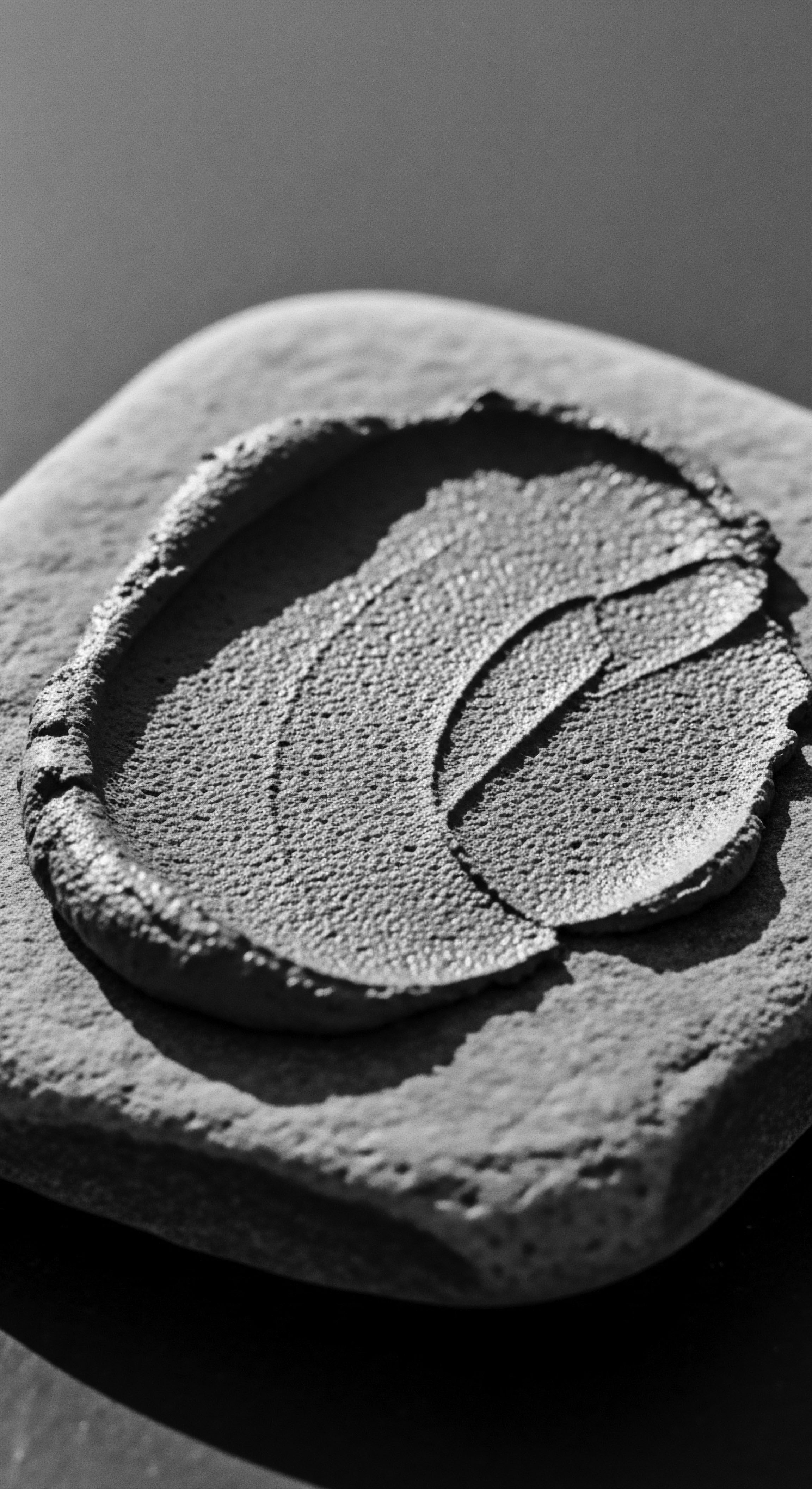
The Lexicon of Hair Preservation
Understanding the terms associated with textured hair care, both ancient and modern, helps us trace the evolution of protective practices.
- Cuticle ❉ The outermost protective layer of the hair shaft, akin to shingles on a roof, which can lift with friction.
- Sebum ❉ The natural oil produced by the scalp, vital for lubricating and protecting hair, especially difficult to distribute along coiled strands.
- Friction ❉ The resistive force encountered when hair rubs against a surface, a primary cause of damage to textured hair overnight.
- Hydrophobic ❉ Repelling water; many traditional hair treatments aimed to enhance this quality of the hair’s surface.
These terms, in their scientific precision, echo the observations of generations who noted how certain environmental factors, or even daily actions, affected hair’s strength and luster. The traditional wisdom of using smooth cloths or specific sleep postures speaks to an intuitive understanding of these biophysical realities.
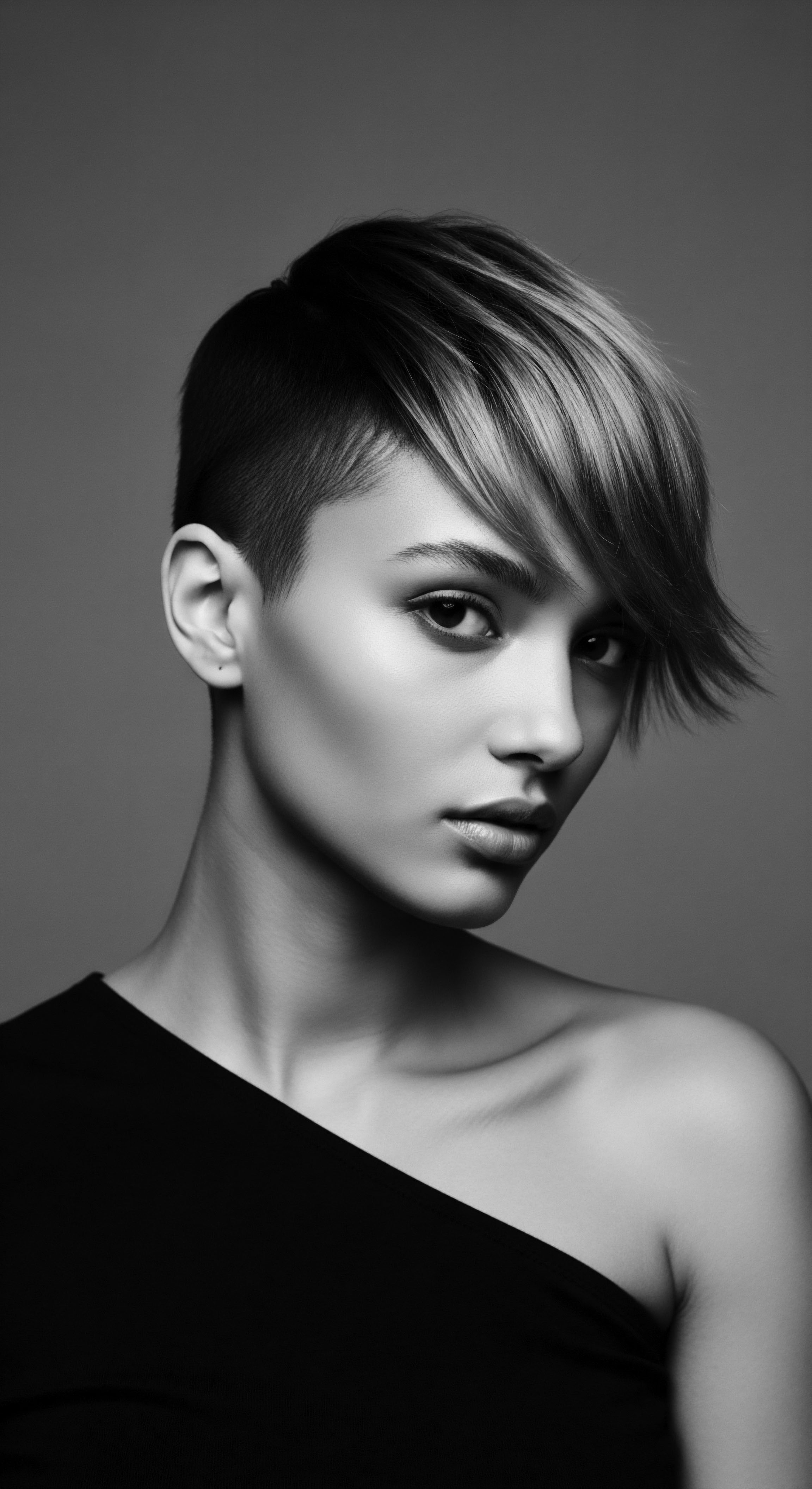
Ritual
The rhythm of the day gives way to the stillness of night, and with it, a tradition of safeguarding one’s hair. This is not a new concept; it is an enduring ritual, passed through the living hands of generations. The practices surrounding sleep surfaces and textured hair protection stand as a powerful testament to collective memory and inherited ingenuity. These methods, born from observation and adaptation, demonstrate a profound respect for hair as an extension of identity and a connection to ancestral lineage.
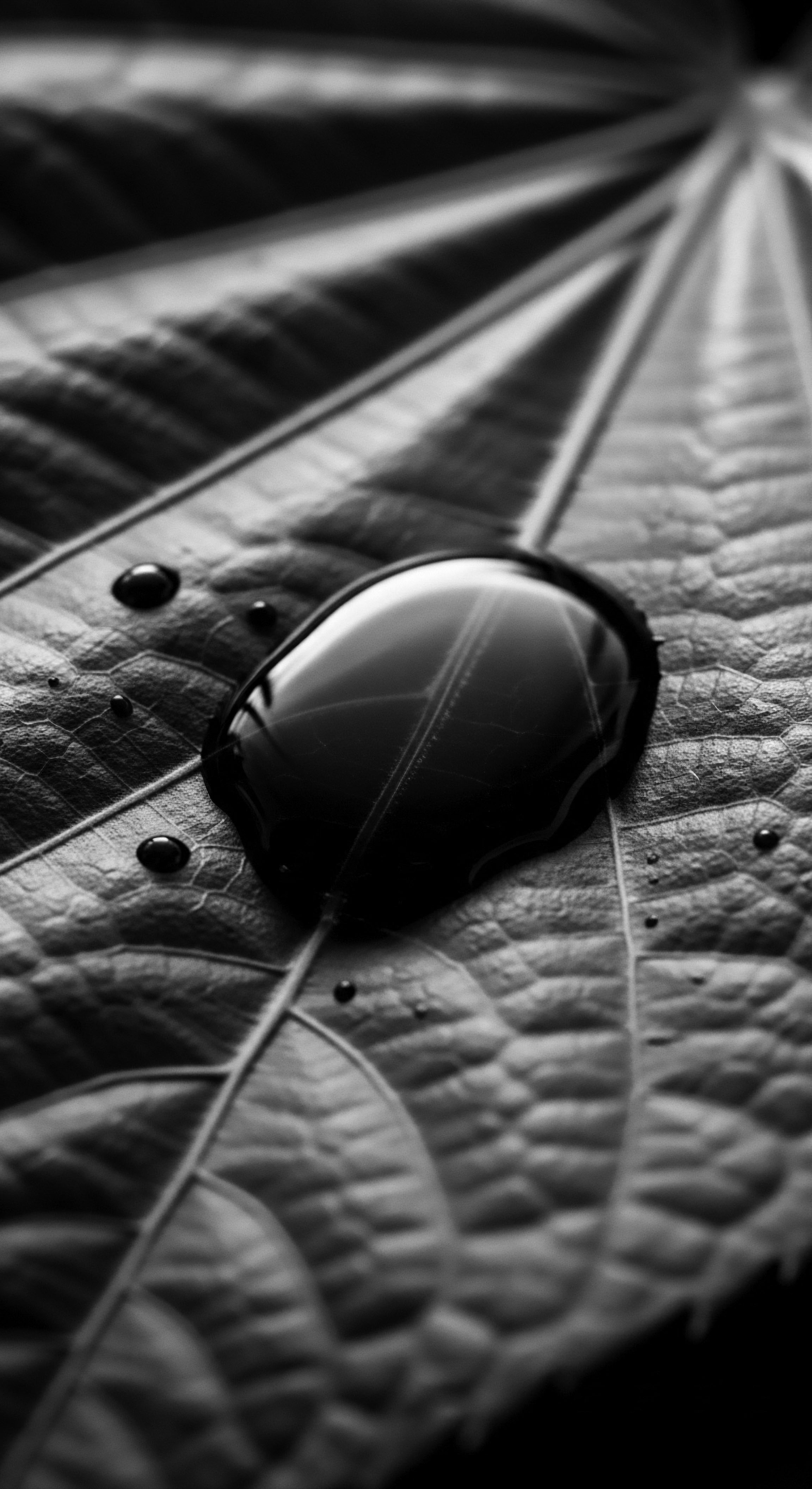
Protecting Our Strands in Slumber
For untold centuries, communities with textured hair understood the necessity of protecting their hair while sleeping. Cotton pillowcases, ubiquitous in many modern homes, present a challenge due to their rough texture and absorbent nature. The continuous friction between hair and cotton fibers leads to tangles, frizz, and breakage.
The cotton also readily siphons away precious moisture, leaving strands parched and brittle. This daily erosion of hair health, night after night, historically prompted adaptive strategies.
A widely adopted solution, a quiet revolution in night care, has been the widespread use of head coverings and specialized sleep surfaces. The transition from common fabrics to materials like silk or satin marks a conscious choice toward preservation. Silk, a natural protein fiber, offers an exceptionally smooth surface, allowing hair to glide without friction.
This dramatically reduces mechanical stress, preventing the lifting of cuticles, frizz, and knot formation. Beyond its smoothness, silk absorbs less moisture than cotton, helping hair retain its natural oils and hydration overnight.
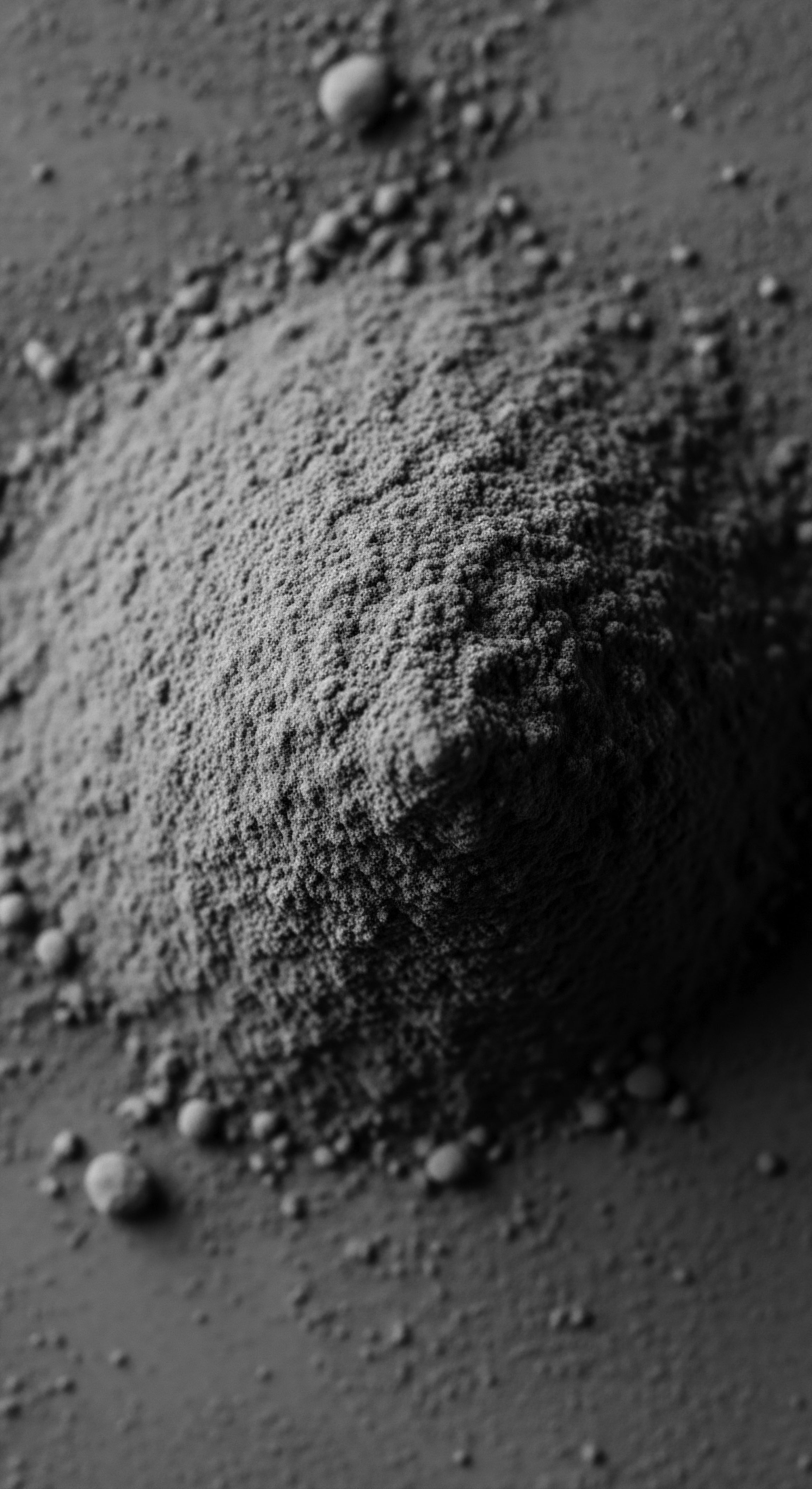
Head Coverings and Their Historical Roots
The tradition of covering the head at night, and during the day for protection, is deeply woven into the heritage of African cultures and the diaspora. These practices often served multiple purposes ❉ aesthetic, spiritual, and utilitarian, including hair preservation.
One powerful historical example that illuminates the connection of sleep surface to textured hair heritage is the tradition of headrests in various African cultures. Unlike the soft pillows common in Western societies, many African communities, such as the Maasai, Kikuyu, Oromo, and Zulu, utilized intricately carved wooden or stone headrests to elevate the head during sleep. These firm supports served to protect elaborate hairstyles, preventing them from being flattened or disturbed, thereby preserving their integrity and cultural significance. This ancestral practice demonstrates an early, ingenious understanding of minimizing contact between hair and a potentially damaging surface, long before the advent of modern fabrics or scientific studies on friction.
The headrest was not merely an object of comfort; it was a tool of preservation, a cultural artifact that spoke volumes about the value placed on hair and its styles. (MentaMenged, 2024)
Ancestral practices reveal an early, profound understanding of hair protection during rest.

Evolution of Protective Garments
The evolution of head coverings, from ancient headrests to modern bonnets and wraps, reflects an enduring ingenuity.
| Era or Region Ancient African Cultures |
| Traditional Practice/Item Wooden Headrests |
| Purpose for Hair Health Elevated hair to prevent flattening and preserve intricate styles, minimizing contact with rough ground. |
| Era or Region 18th Century Louisiana (Tignon Laws) |
| Traditional Practice/Item Headwraps/Tignons |
| Purpose for Hair Health Forced coverings transformed into statements of resistance; later used for protection against sun, sweat, and for styling. |
| Era or Region Pre-colonial West Africa |
| Traditional Practice/Item Geles, Dukus |
| Purpose for Hair Health Reflected status, identity; used for ceremonial and daily protective purposes, often with valuable fabrics. |
| Era or Region 20th Century African American Communities |
| Traditional Practice/Item Hair Bonnets/Scarves |
| Purpose for Hair Health Became standard for preserving styles, reducing frizz, and retaining moisture overnight. |
| Era or Region These diverse historical responses highlight a continuous, heritage-driven effort to safeguard textured hair during periods of rest and movement. |
The historical journey of head coverings extends beyond simple utility. During enslavement, headwraps were weaponized as markers of subjugation in some parts of the Americas. Yet, Black women transformed these very coverings into symbols of defiance, creativity, and cultural connection, using vibrant fabrics and unique tying styles.
This act of reclamation solidified the headwrap’s place not simply as a protective garment, but as a potent emblem of Black identity and resilience. Sleeping with these wraps, whether for modesty or preservation, further cemented their role in the daily regimen of hair care, a practice that continued post-slavery to protect hair from daily wear and tear and maintain styles.
The communal wisdom around these practices created a shared understanding of hair care. Women taught younger generations how to wrap their hair, how to prepare it for sleep, and which materials offered the most benefit. These lessons transcended mere instruction; they were acts of cultural continuity, connecting individuals to a larger ancestral heritage of self-care and affirmation.
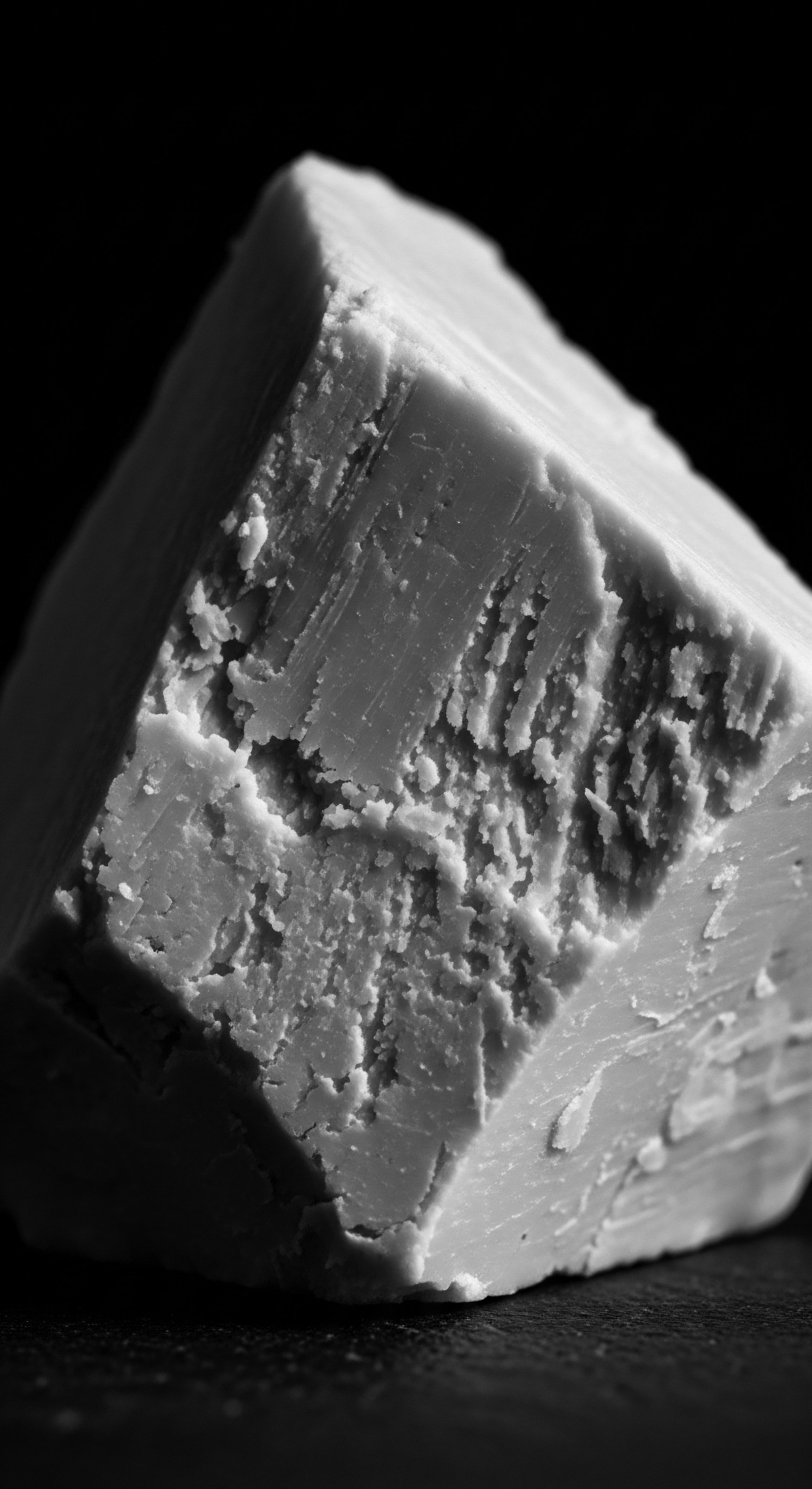
Relay
The quiet acts of nighttime hair care, passed down through generations, are not merely anecdotal; they are rooted in the physics of fiber and the biology of human hair. The wisdom of our ancestors, who instinctively sought to protect their textured strands from the rigors of sleep, finds its echo and validation in contemporary scientific understanding. This convergence of ancient practice and modern research paints a more complete picture of how sleep surfaces truly influence textured hair, solidifying its place within a heritage of informed care.
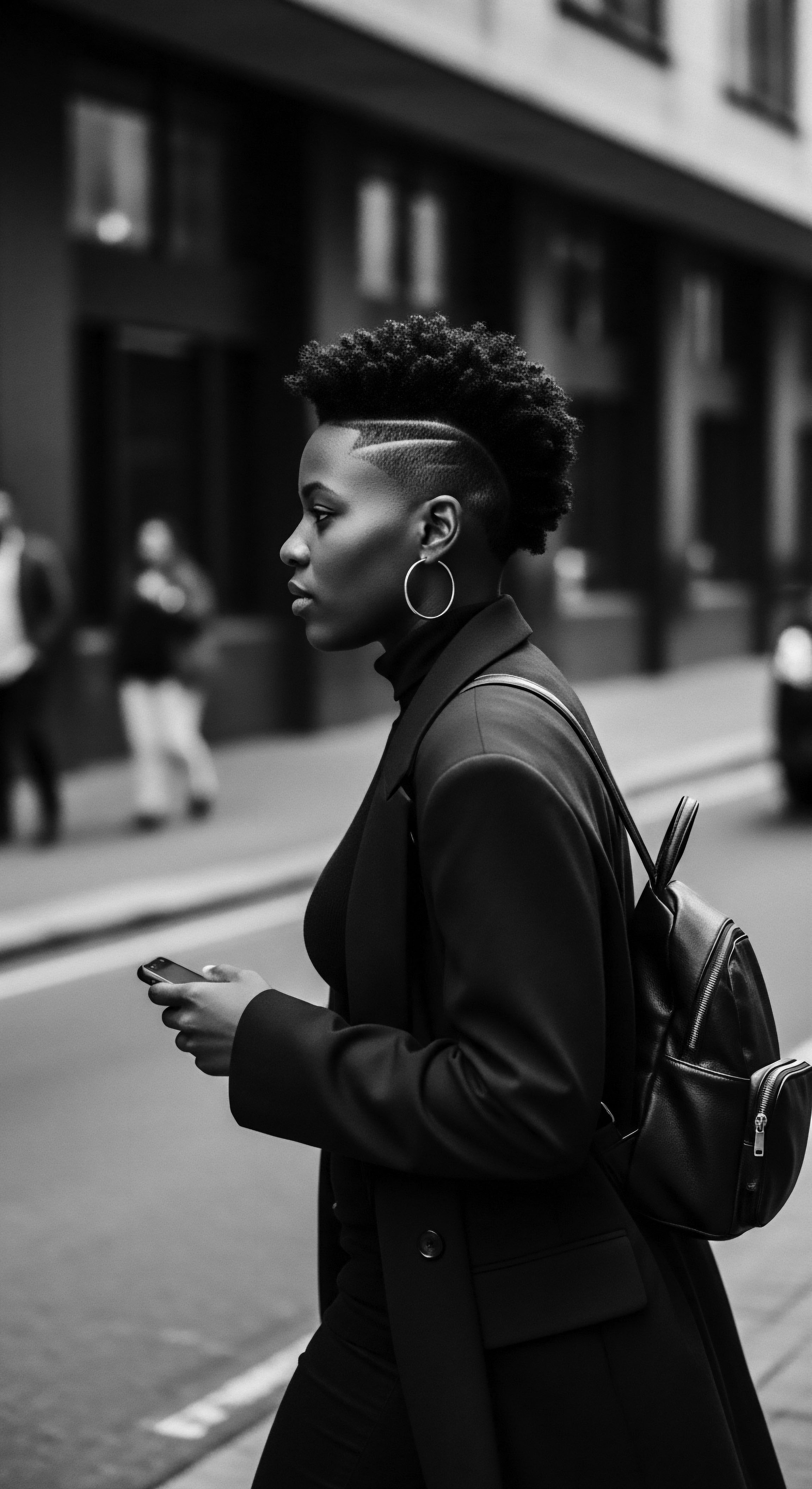
Hair Microstructure and Nighttime Stress
Textured hair is inherently susceptible to mechanical damage due to its coiled shape and the uneven distribution of its cuticle layers. The cuticle, a protective outer layer, functions much like overlapping scales. When hair rubs against a rough surface, these scales can lift, leading to a compromised barrier. This disruption exposes the inner cortex, making the hair more prone to dehydration, frizz, split ends, and breakage.
The act of sleeping, with its inevitable tossing and turning, creates continuous friction between hair and the sleep surface. Cotton pillowcases, composed of coarse, absorbent fibers, are particularly detrimental in this scenario. The high coefficient of friction inherent to cotton causes significant resistance as hair slides across it. This mechanical abrasion physically roughs up the hair shaft, leading to tangles and knots, which in turn require more manipulation and cause more breakage during detangling.
The choice of sleep surface profoundly impacts hair’s structural integrity and moisture balance.
Moreover, cotton’s absorptive properties extend beyond merely wicking away applied products; it actively pulls natural sebum and moisture from the hair strand itself. For textured hair, which naturally struggles with sebum distribution due to its coily structure, this moisture loss is particularly acute, leaving the hair parched and brittle. The cumulative effect of friction and dehydration night after night significantly compromises the hair’s strength and elasticity, resulting in visible damage over time.
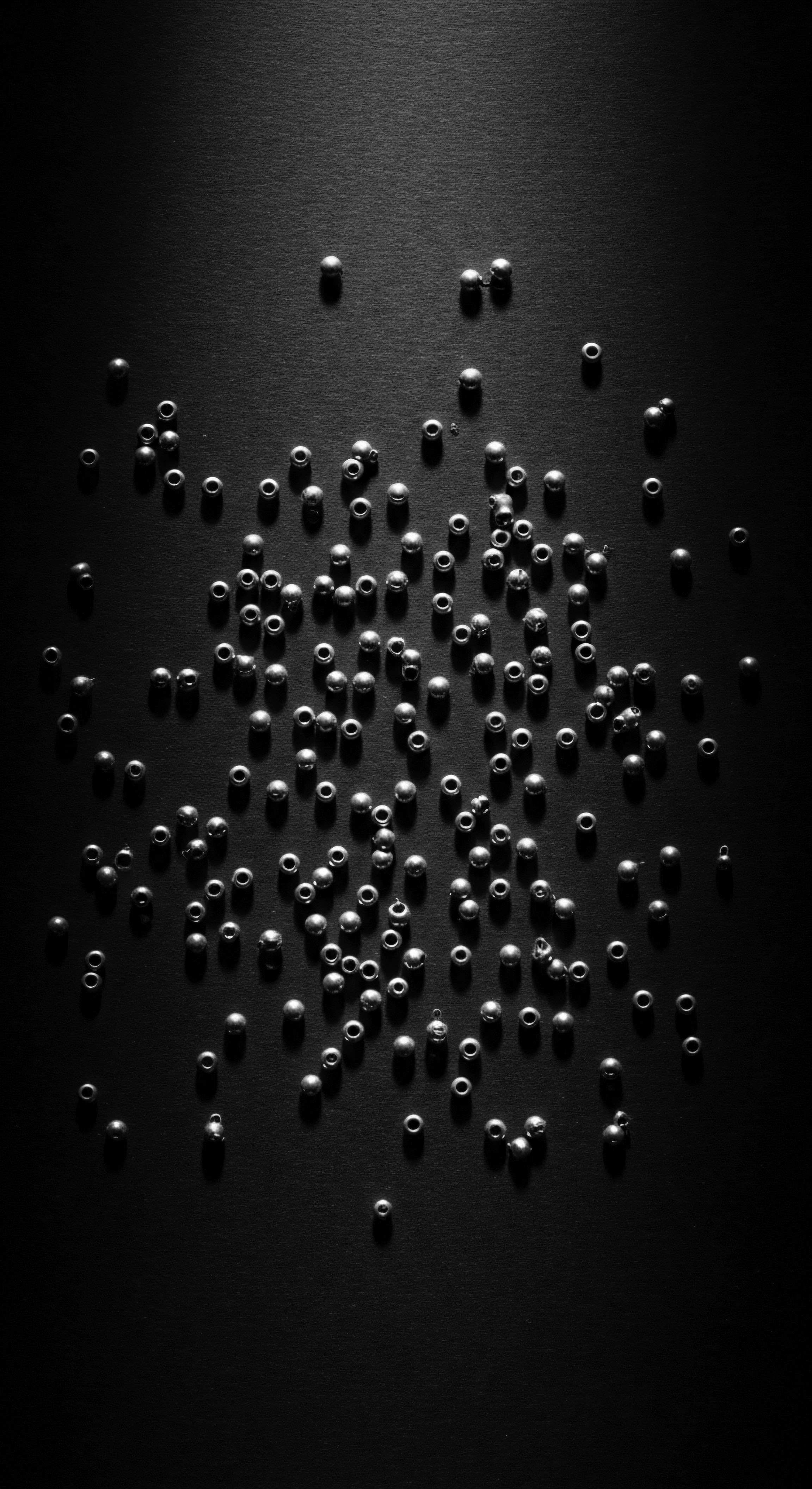
Materials and Their Protective Qualities
The contemporary understanding of hair biophysics reinforces the ancestral preference for smoother, less absorbent materials.
| Material Type Cotton |
| Key Characteristic High friction, absorbent fibers |
| Impact on Textured Hair (Heritage Link) Causes cuticle damage, frizz, tangles, and significant moisture loss. This led ancestral communities to seek alternatives or protective wraps. |
| Material Type Silk (Natural Protein Fiber) |
| Key Characteristic Smooth, low friction, less absorbent |
| Impact on Textured Hair (Heritage Link) Reduces mechanical damage, maintains curl pattern, retains natural oils and hydration. Its properties validate ancestral use of fine fabrics for hair coverings. |
| Material Type Satin (Weave, Often Synthetic) |
| Key Characteristic Smooth surface, good slip |
| Impact on Textured Hair (Heritage Link) Offers a similar low-friction benefit to silk, helping preserve styles and reduce breakage, making it an accessible modern equivalent to protective wraps. |
| Material Type Bamboo |
| Key Characteristic Smooth, breathable, moisture-wicking |
| Impact on Textured Hair (Heritage Link) Newer option gaining popularity for its gentle properties, echoing the need for breathable, protective materials historically used. |
| Material Type The scientific evidence affirms the centuries-old practices of protecting textured hair with materials that minimize friction and preserve moisture, linking ancestral wisdom to modern material science. |
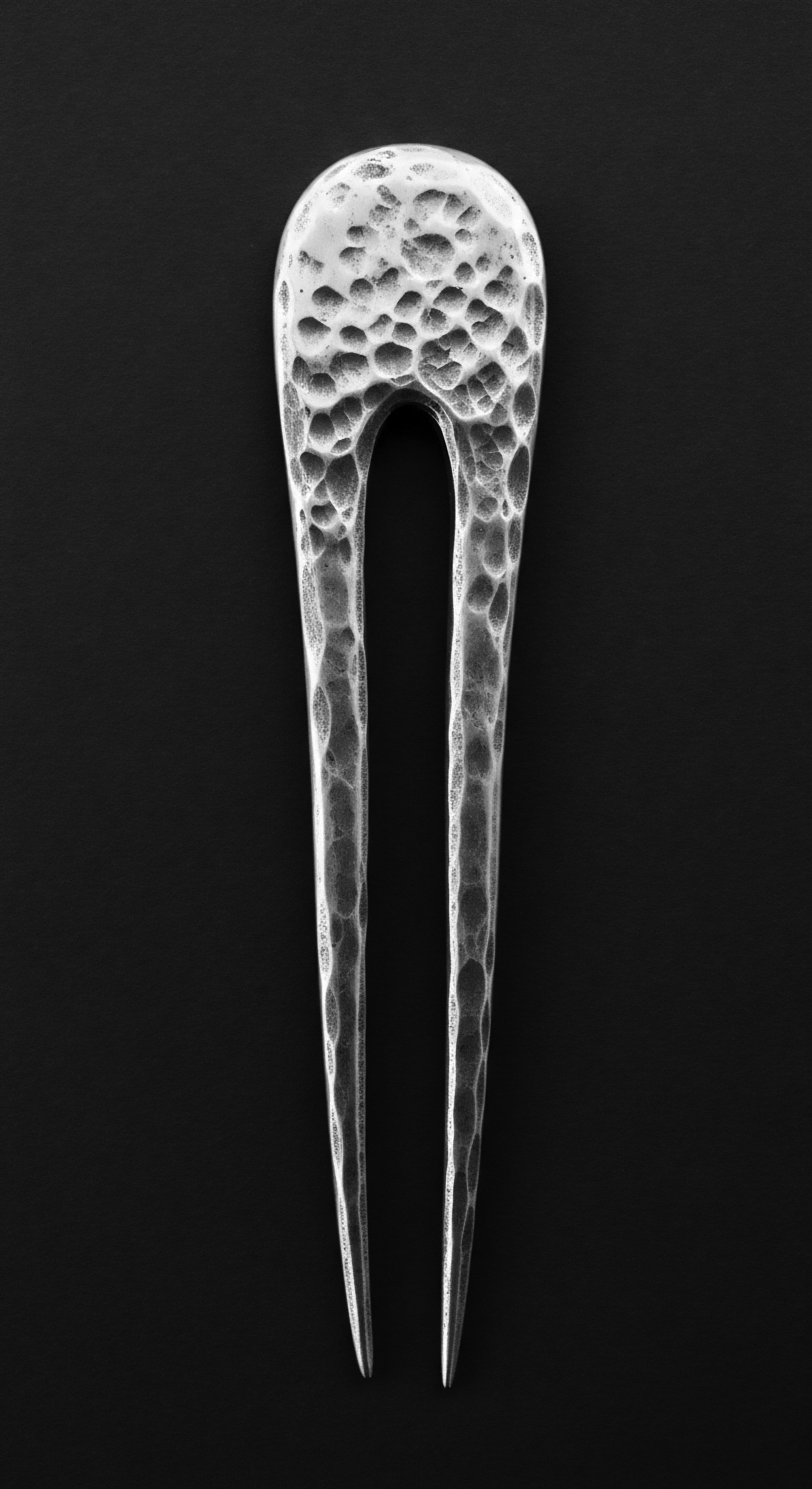
Nighttime Protection and Hair’s Resilience
The practice of protecting hair at night, whether through specific styling or covering, is a direct response to these biophysical realities.
- Pineapple Method ❉ Gathering hair loosely at the top of the head reduces friction against the pillow and preserves curl definition. This modern technique aligns with the general principle of elevating hair, as seen in ancient headrests, to limit surface contact.
- Braids and Twists ❉ Securing hair in loose braids or twists minimizes tangling and movement overnight, thereby reducing friction and breakage. These protective styles have deep ancestral roots, often worn for longevity and protection from daily elements.
- Silk or Satin Head Coverings ❉ Bonnets, scarves, and wraps, often made from silk or satin, create a smooth, self-contained environment for the hair. This shields strands from direct contact with abrasive bedding, prevents moisture absorption, and keeps styles intact. The widespread use of such coverings in Black and mixed-race communities is a direct continuation of ancestral practices for hair preservation.
The resilience of textured hair, often subjected to societal pressures and environmental stressors, is bolstered by these consistent acts of care. When strands are protected from friction and moisture loss during sleep, they maintain their natural hydration, elasticity, and strength. This proactive approach prevents the cumulative damage that can lead to thinning and perceived stagnation of growth. The nightly ritual of hair protection is a quiet affirmation of hair’s inherent beauty and a continued homage to the wisdom that ensured its vitality through generations.

How Does Scalp Health Connect with Nighttime Care?
Beyond the hair shaft itself, the sleep surface can also affect scalp health. A damp pillowcase, resulting from sleeping with wet hair, can create a breeding ground for microbes, potentially leading to scalp conditions like dandruff or folliculitis. While sleeping with wet hair doesn’t directly cause hair loss, the increased fragility of wet strands makes them more prone to breakage from friction, and a compromised scalp environment can indirectly contribute to hair thinning over time.
Ancestral practices often included scalp oiling and massaging, which supported a healthy environment for hair growth. Modern protective measures, such as ensuring hair is dry before bed and using breathable silk coverings, align with this historical focus on holistic scalp wellbeing.
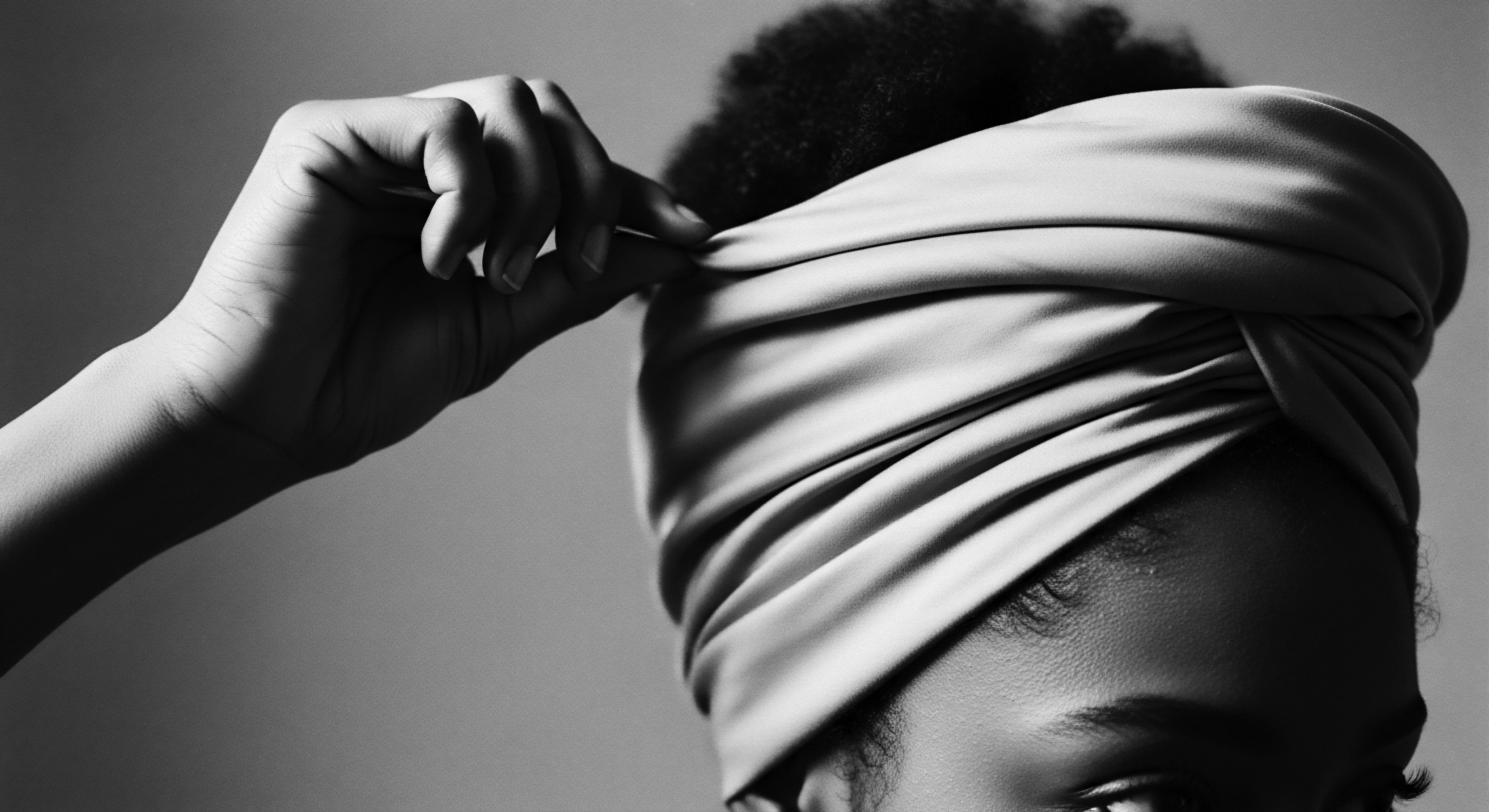
What Historical Evidence Guides Our Modern Choices?
The historical journey of hair care reveals that the challenges faced by textured hair are not new, nor are the solutions. The selection of materials for sleep, whether the hard, smooth surface of a headrest or the soft slide of a silk wrap, reflects an unbroken line of adaptive knowledge. This historical continuum informs our modern choices, guiding us toward surfaces that respect hair’s unique structure and propensity for dryness. It encourages a mindful approach to nocturnal care, one that honors the enduring heritage of textured hair and the collective wisdom that has protected it through the ages.
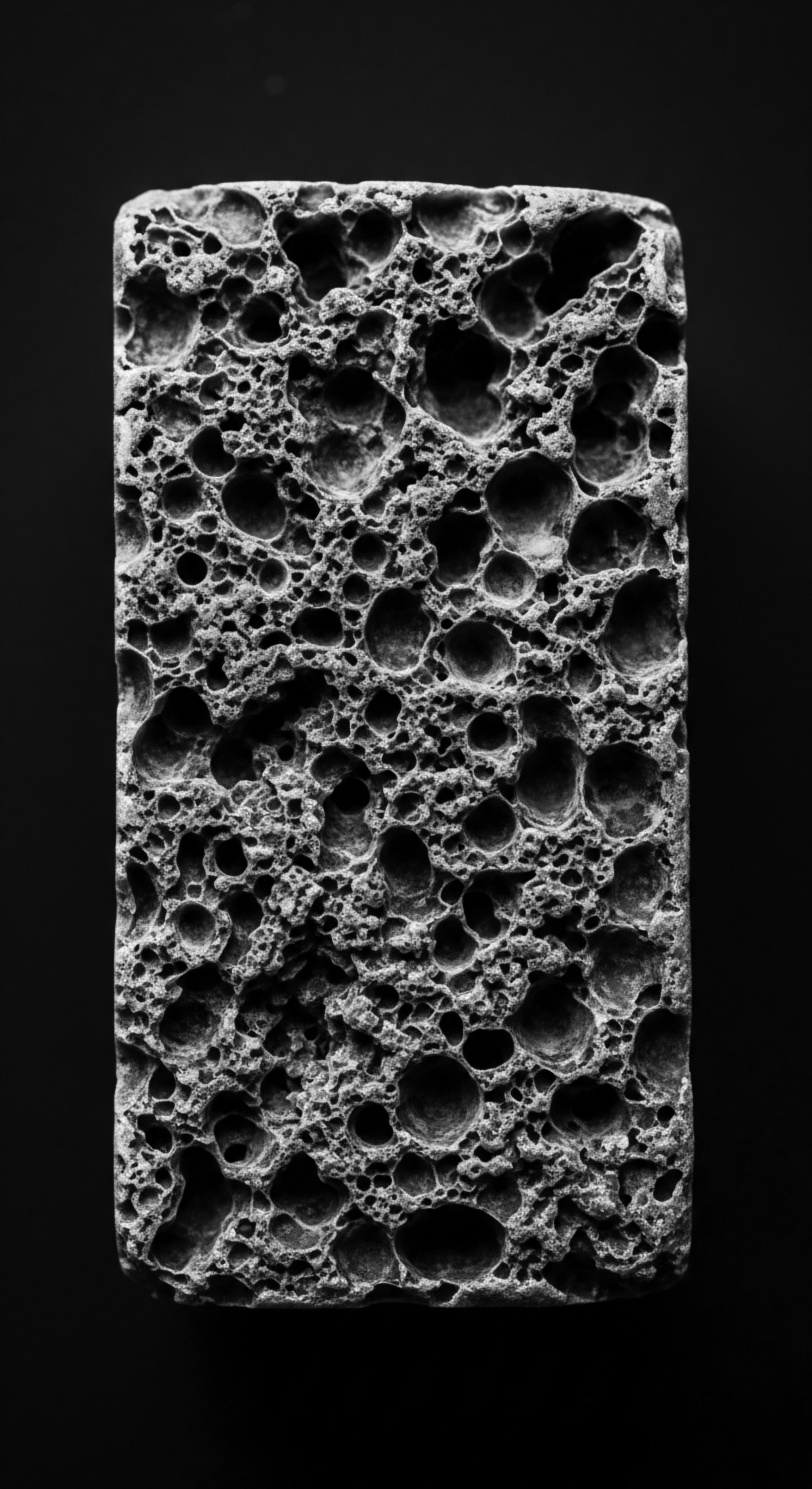
Reflection
The quiet act of laying one’s head down at night, for those with textured hair, carries echoes of generations. The very surface upon which we rest, and the methods we employ to safeguard our strands in slumber, represent not merely practical choices, but a living archive of heritage. Each silk bonnet donned, each satin pillowcase chosen, speaks to a continuity of wisdom that understood, long before scientific inquiry, the delicate dance between hair and its environment. It speaks to the resilience of a people whose hair, often policed and misunderstood, remained a powerful symbol of identity, beauty, and steadfastness.
The ‘Soul of a Strand’ whispers of this legacy, reminding us that care is a language of love, a connection to the past, and a promise to the future. Protecting our hair at night, then, becomes more than a routine; it is an act of honoring, a quiet ceremony that perpetuates a profound, enduring heritage.
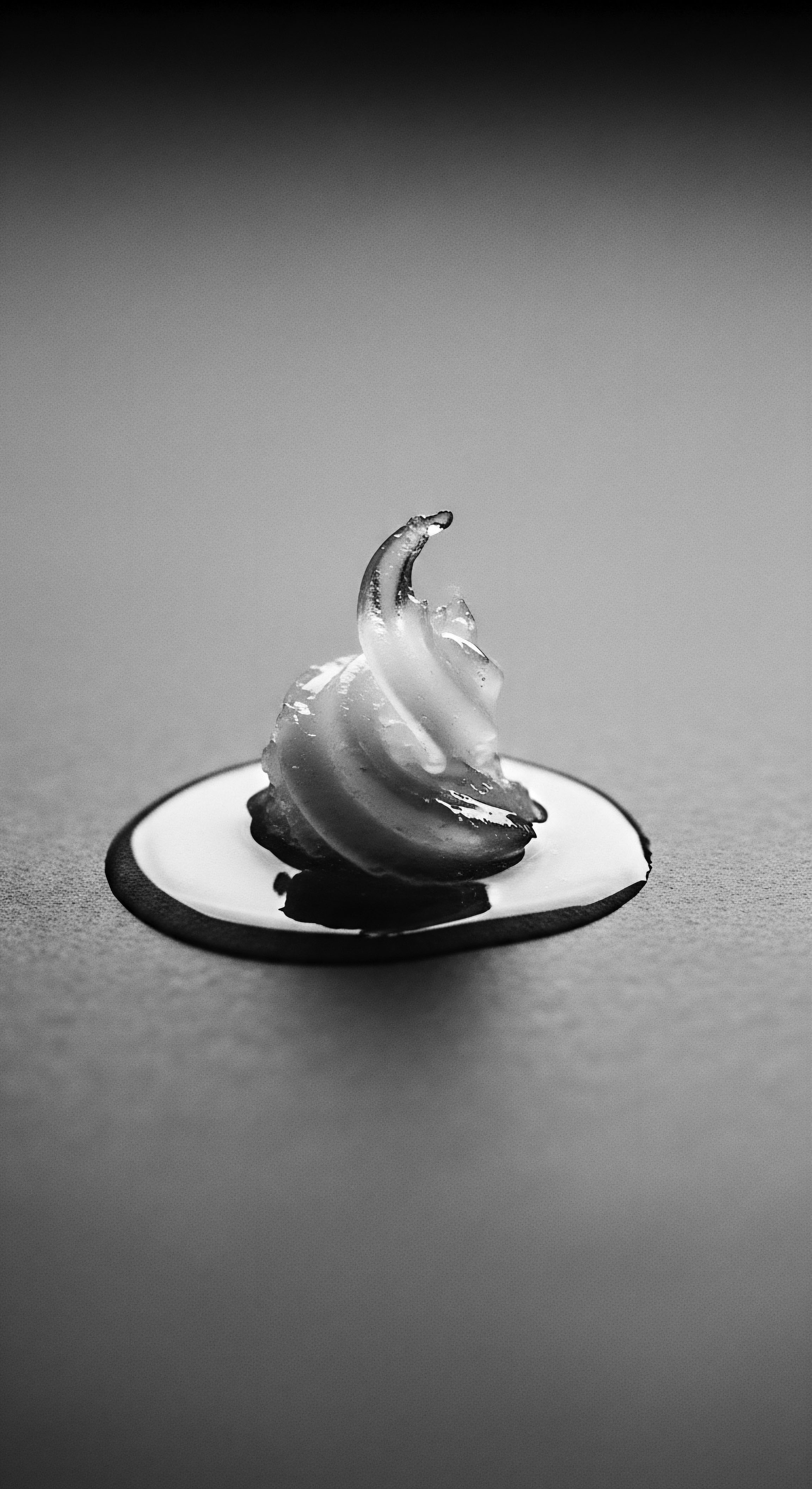
References
- Bhushan, B. Trinh, L. & Chen, N. (2014). Friction Dynamics of Straight, Curly, and Wavy Hair.
- I Love Riccio. How not to damage curly hair at night.
- Lina Lennox. Organic Silk vs. Other Fabrics — Everything You Need to Know.
- Nourished Springs. How does friction affect Afro textured hair?
- Perfect Medical. The Relationship Between Sleeping With Wet Hair And Hair Loss.
- Schwartz, A. M. & Knowles, D. (1963). Frictional Effects in Human Hair. Journal of the Society of Cosmetic Chemists, 14(2), 67–73.
- Sleep Foundation. Benefits of a Silk Pillowcase.
- Sleep Foundation. Is It Bad to Sleep With Wet Hair?
- sonson. The History of Headwraps and Black Culture.
- The Natural Hair Advocate. Wrap it Up ❉ A Tribute to the Head Tie.
- TRI Princeton. The Fabric Factor ❉ The Role of Your Pillowcase and Hair Accessories in Hair Care.
- Verywell Health. Is It Bad to Sleep with Wet Hair?
